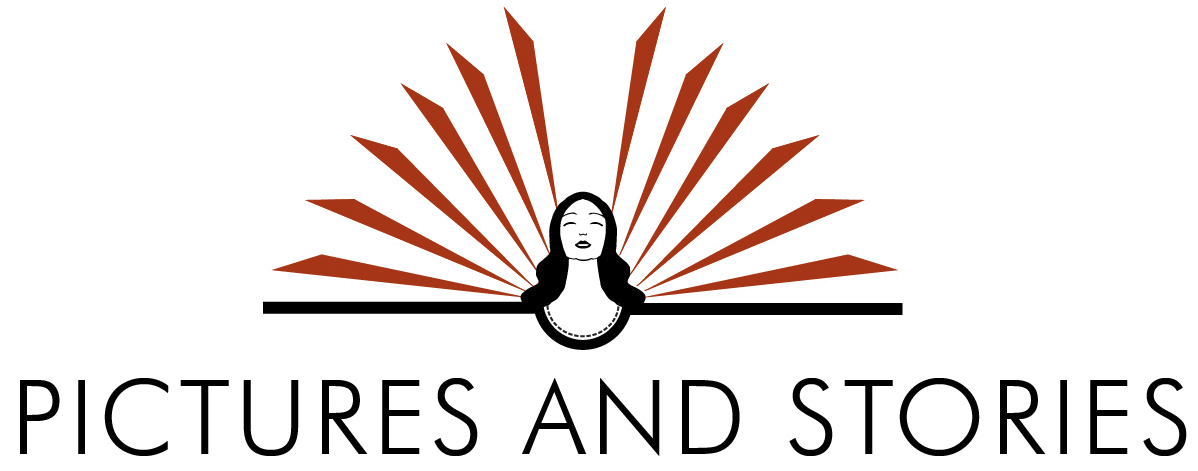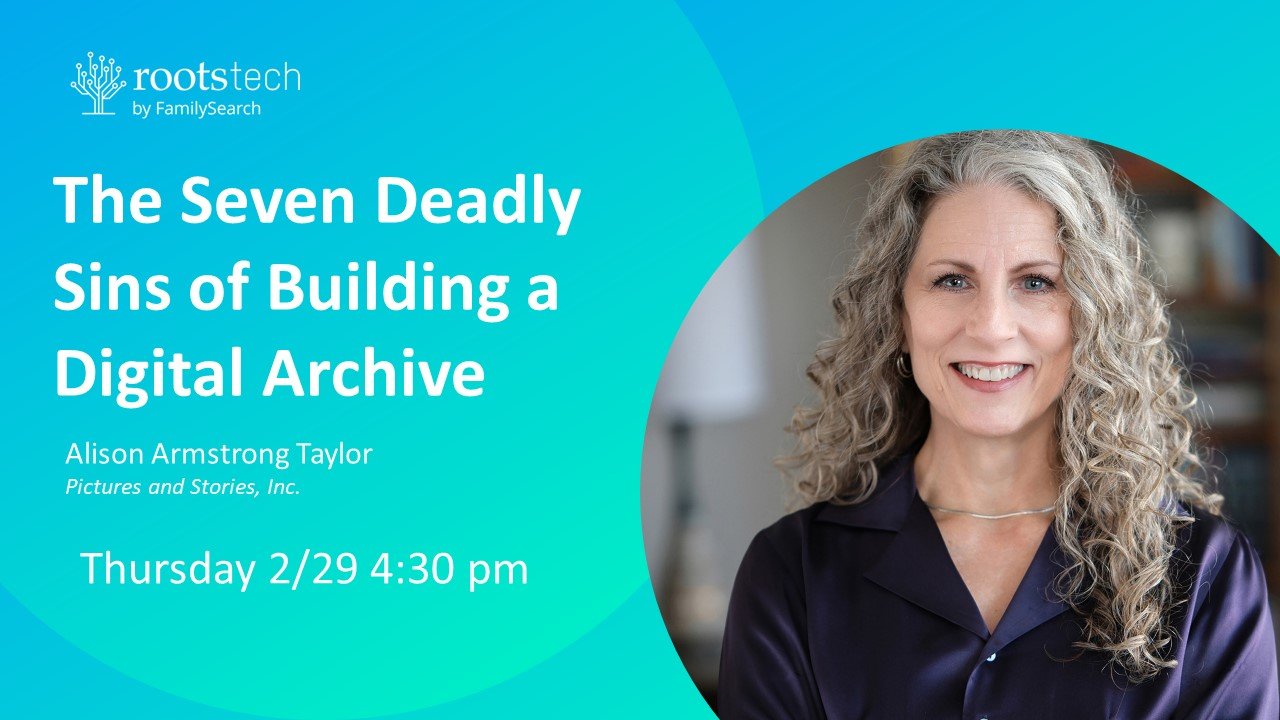Whew! It's been a busy July here at Pictures and Stories, working on designing five books at once (all of them fascinating!) as well as a new church job and watching my daughter Kaitlin perform in the Utah Shakespeare Festival (sorry, had to plug, but it is fantastic. Really, you should go.) So I've been shirking my blog duties for the past couple of weeks and I am determined to mend my ways.
One thing that I've been doing a lot of lately: tracking down historical photos to add to clients' books. Including photos and other images of the time period can add a historical connection to your personal stories, especially if you are short of photographs of actual times and events.
This page includes a World War II-era photo of the bombing of Rotterdam, as well as a photo of a memorial sculpture.
The good news is that researching these historical photos is a lot easier than it used to be. Research--that in the old days required putting on pants and going to the library--now can be done in one's pajamas at 3:00 a.m. using a newfangled little tool called Google.
The bad news (not really, but a caveat) is that you have to be careful about using what you find on Google. You want to make sure that you are not violating someone else's copyright or using an image illegally. Contrary to what 90% of the world believes, just because it's on the internet does not mean it's okay to use it. (An acquaintance of ours recently had his blog shut down and is navigating a very expensive lawsuit because he used a copyrighted image on his blog without permission.) And just because you aren't selling your book, that doesn't necessarily exempt you from using copyrighted images. So you want to make sure that you have the right to use the image for your project.
When looking for an image to augment your story, start by looking at "Creative Commons" sites that offer images that are free to use. If you randomly Google a search phrase, such as "atomic test sites," you may be tempted by a lot of other great images that are copyrighted.
Here's a photo I used to enhance a client's book, in which he was telling a story about atomic testing in Nevada. I found it on Wikimedia Commons.
Wikimedia Commons is a great place to start. You can search for a variety of search topics, and each image states what it can legally be used for. Flickr also has a Creative Commons section, but make sure you to check the licenses, as many other Flickr images are copyrighted. Wellcomelibrary.org has some great historical images.
Here is a link that lists some other creative commons sites. (I haven't used all of these, so I can't vouch for them.) You can also find images on photography sites such as freeimages.com. Some of these images are free to download for any use, and others require that the photographer or artist be credited, notified, and/or that you receive permission.
Maps can be a great addition to your book. I found this one on www.davidrumsey.com, under a creative commons license. This map image was available free for personal (but not commercial) use, and since the client was not selling their book commercially, it fit the license requirements.
Local historical organizations and libraries now increasingly have large digital collections that they have scanned and made available to the public for use. Some require that you pay a fee to use an image; others do not.
You can also use images of pop culture; things that were important to you as a child or quaint antiquities such as typewriters, ditto machines, and dial telephones.
Okay, so I was weirdly obsessed with the Partridge Family, and wanted to include a photo in a book about my childhood. This image from Wikimedia Commons states in the licensing agreement "This work is in the public domain in that it was published in the United States between 1923 and 1977 and without a copyright notice." Because it is in the public domain, I can safely use it in my book.
If you can't find an image that you really want, you can pay to use a professional stock image from sites such as Getty or iStockphoto. These images can be expensive depending on the size you need and how you are using the image (are you distributing your book just to your family and friends, or are you selling it commercially?). Just be aware that you will probably need a large-resolution photo if you are going to print it in a book.
This drawing depicts what life might have been like for my pre-colonial ancestor, log cabin included.
Historical photographs and drawings are a great way to add visual interest to stories about your ancestors, of whom you may not have photos. This drawing depicts what life might have been like for my pre-colonial ancestor, log cabin included.
Don't feel you have to limit the images in your book to what you have on hand. There are millions of usable images on the internet that can be used for your project that will make it more visually interesting and more enjoyable for your readers.








